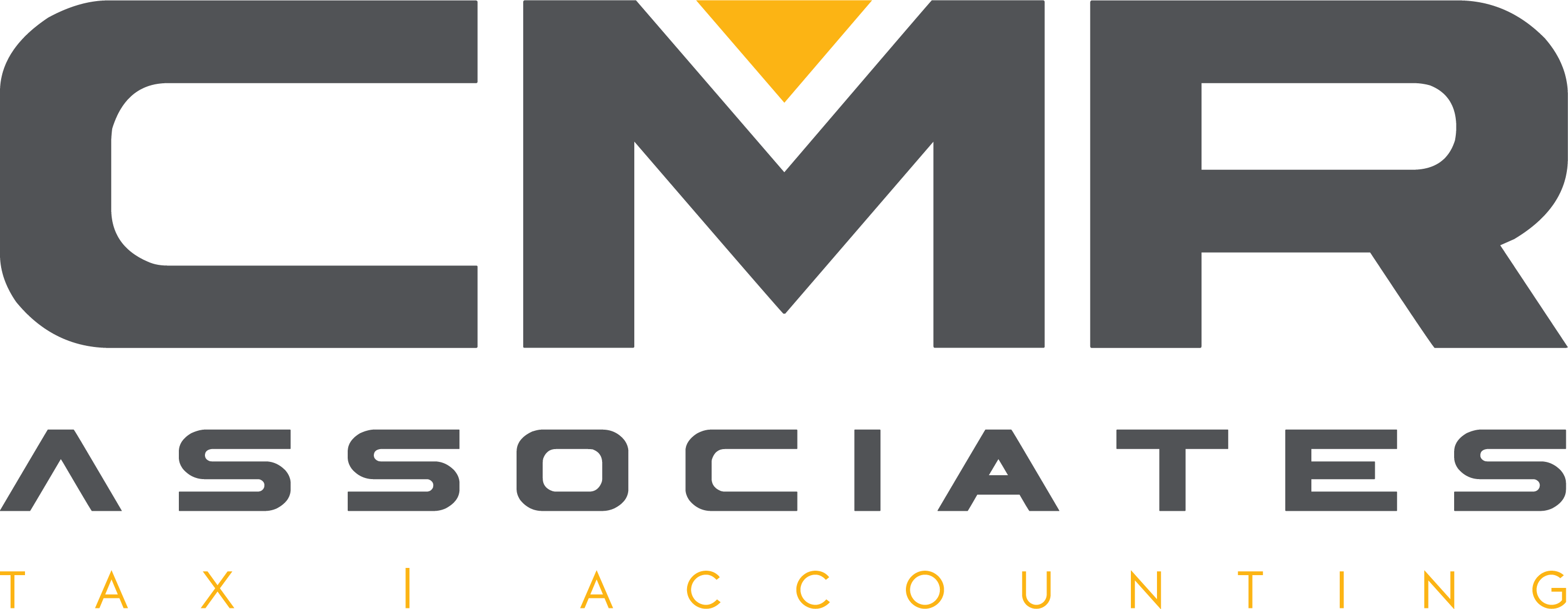
2 ACA taxes that may apply to your exec comp
If you’re an executive or other key employee, you might be rewarded for your contributions to your company’s success with compensation such as restricted stock, stock options or nonqualified deferred compensation (NQDC). Tax planning for these forms of “exec comp,” however, is generally more complicated than for salaries, bonuses and traditional employee benefits.
And planning gets even more complicated if you could potentially be subject to two taxes under the Affordable Care Act (ACA): 1) the additional 0.9% Medicare tax, and 2) the net investment income tax (NIIT). These taxes apply when certain income exceeds the applicable threshold: $250,000 for married filing jointly, $125,000 for married filing separately, and $200,000 for other taxpayers.
Additional Medicare tax
The following types of exec comp could be subject to the additional 0.9% Medicare tax if your earned income exceeds the applicable threshold:
- Fair market value (FMV) of restricted stock once the stock is no longer subject to risk of forfeiture or it’s sold,
- FMV of restricted stock when it’s awarded if you make a Section 83(b) election,
- Bargain element of nonqualified stock options when exercised, and
- Nonqualified deferred compensation once the services have been performed and there’s no longer a substantial risk of forfeiture.
NIIT
The following types of gains from stock acquired through exec comp will be included in net investment income and could be subject to the 3.8% NIIT if your modified adjusted gross income (MAGI) exceeds the applicable threshold:
- Gain on the sale of restricted stock if you’ve made the Sec. 83(b) election, and
- Gain on the sale of stock from an incentive stock option exercise if you meet the holding requirements.
Keep in mind that the additional Medicare tax and the NIIT could possibly be eliminated under tax reform or ACA-related legislation. If you’re concerned about how your exec comp will be taxed, please contact us. We can help you assess the potential tax impact and implement strategies to reduce it.
Tax Accounting, Tax Preparation, and Business Consulting for Metairie, Louisiana
Industry Specific Accounting
Metairie CPA Services
Metairie CPA News
Tax Accounting, Tax Preparation, and Business Consulting for Mandeville, Louisiana
Industry Specific Accounting
Mandeville CPA Services
Mandeville CPA News
Tax Accounting, Tax Preparation, and Business Consulting for Baton Rouge, Louisiana
Industry Specific Accounting
Baton Rouge CPA Services
Baton Rouge CPA News
Tax Accounting, Tax Preparation, and Business Consulting for Covington, Louisiana
Industry Specific Accounting
Covington CPA Services
Covington CPA News
Mandeville Notary Public Services
Madisonville Notary Public Services
Covington Notary Public Services




